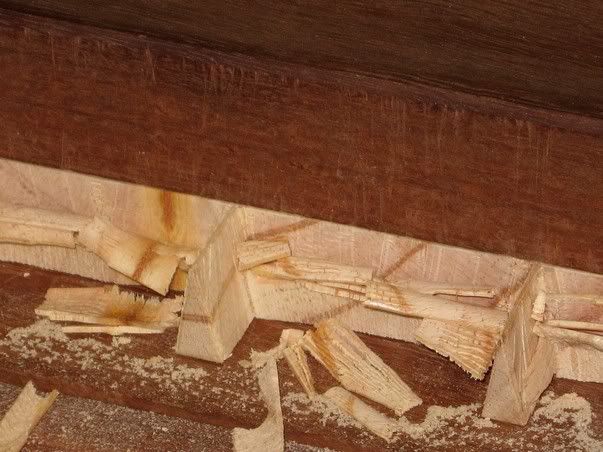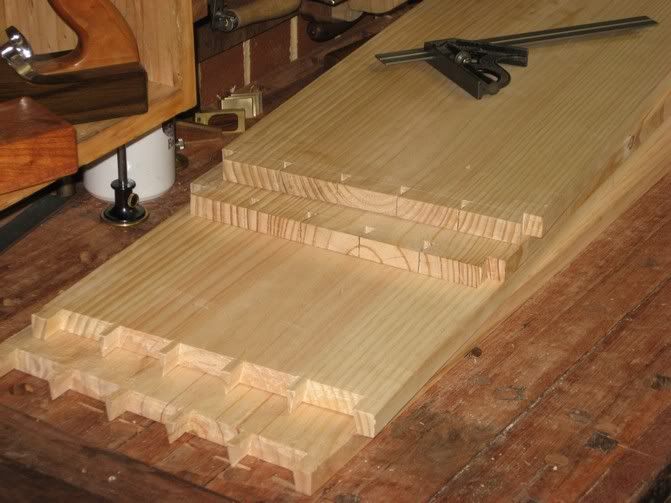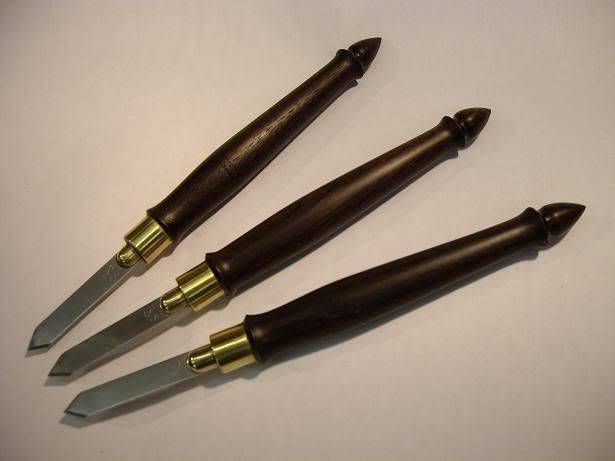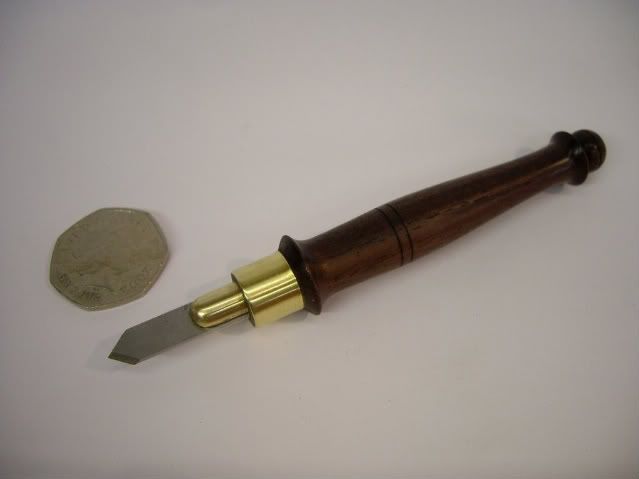bugbear
Established Member
Wiley Horne":1924yaqi said:Anyway, having been indoctrinated into 7:1 and 8:1 by constant repetition, I couldn't understand the 5:1 by a master cabinetmaker. However, when you make the drawer, you realize that, since there is but a single whole pin, the use of 5:1 solved some problems that 8:1 would not have. The use of 5:1 created enough mass in the pin to give it strength, and give it the appearance of strength so it looks right, yet still have a fine pin entry. The lesson for me was that this master maker saw deeply into what he was doing, and adapted the details to suit the situation. He used shallower dovetail ratios elsewhere in his constructions, for example in the case joinery.
Kirby's dovetail book (which is a tad slow in pace, but VERY good) claims that in most uses a dovetail joint is so over-kill-strong that your choice of spacing, size and angle can be principally guided by aesthetic considerations. He says that he normally uses "angles" in the range 1:5 though 1:7, a statement eventually reflected in my two (meep, meep) Dalziel made templates.
BugBear







































